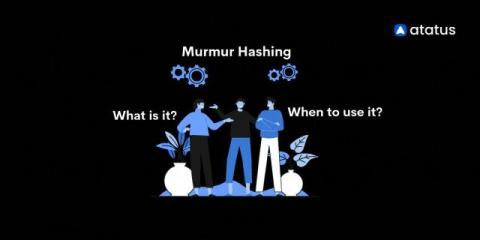Understanding Murmur Hashing: When and Why to Use
Hashing is a cornerstone of computer science, used extensively in data structures, cryptography, and distributed systems. Among various hashing algorithms, MurmurHash stands out for its speed, efficiency, and suitability for non-cryptographic applications. In this blog, we will delve into what MurmurHash is, when to use it, and how it compares to other hashing techniques, along with practical examples.







